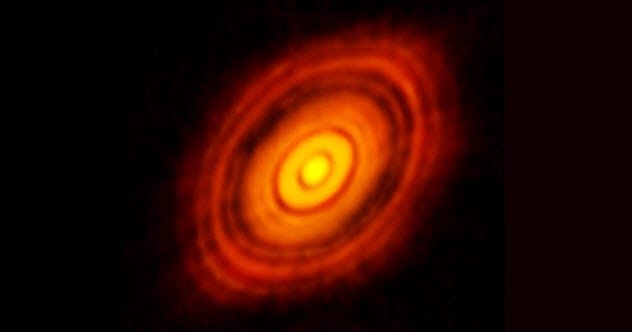Astronomy has always captivated us, but the invention of the camera truly revolutionized the field. Suddenly, fleeting notebook observations transformed into detailed analyses of single frames, revealing the universe’s most incredible secrets. Let’s explore the top 10 astronomy photos that made history and reshaped our cosmic understanding.
The Birth of a Solar System
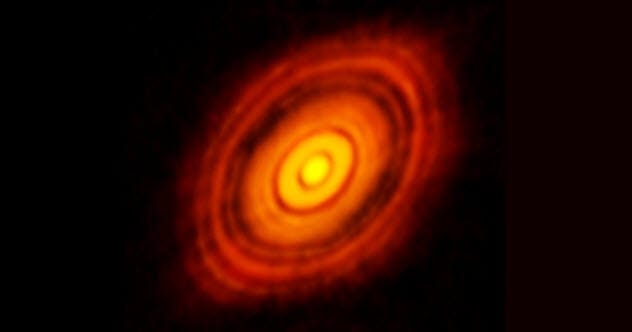
Before 2014, planet formation was theoretical. Then, astronomers captured an unprecedented photo of HL Tauri, a newborn star encircled by a protoplanetary disk. Discrete rings within this disk mark the orbits of nascent planets.
Astonishingly, HL Tauri is only about one million years old. This photo suggests planets form almost immediately after a star’s birth, altering previous assumptions. [1]
Supernova 1987A
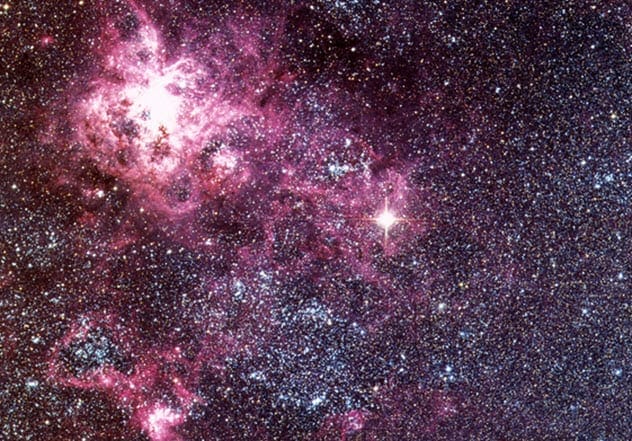
Supernovae, the explosive deaths of massive stars, are typically observed from vast distances. However, in 1987, observers witnessed a supernova in the Large Magellanic Cloud, a mere 166,000 light-years away.
Dubbed SN 1987A, it was the closest supernova since Kepler’s in 1604. This event provided invaluable insights into the steps leading to such explosions, confirming these explosions create elements crucial for life. Scientists even detected neutrinos from the blast. [2]
Cracks in Europa
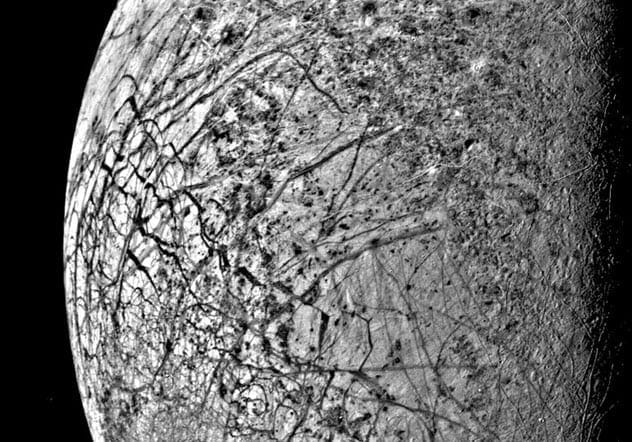
In 1979, Voyager 2 revealed high-resolution images of Europa, one of Jupiter’s moons. Scientists knew Europa contained significant water, but its distance from the Sun suggested it was frozen solid.
The photo of Europa’s surface showed prominent dark streaks, identified as massive cracks in the ice. These features mirror those on Earth when a liquid ocean pulls apart ice sheets. This suggests a liquid water ocean exists beneath Europa’s surface, sparking questions about potential life. [3]
Stars Orbiting a Supermassive Black Hole
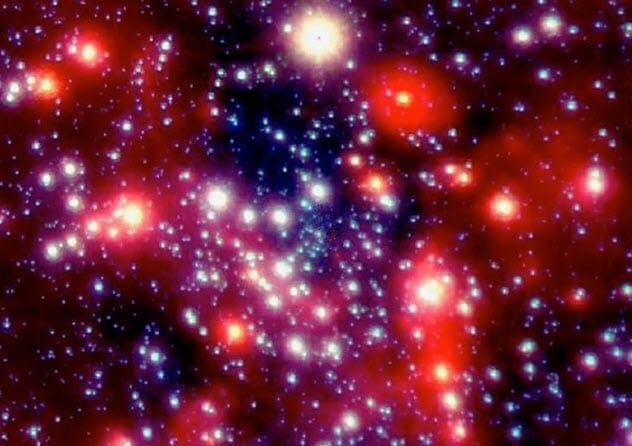
Sagittarius A* at the Milky Way’s center was long suspected to be a supermassive black hole. In 2002, astronomers captured a star orbiting it at 5,000 kilometers per second.
The star appeared to orbit an empty space, but mapping its orbit confirmed Sagittarius A*’s immense gravitational field. This provided nearly conclusive evidence of a supermassive black hole, implicitly confirming similar mass concentrations in other galaxies. [4]
The Hubble Deep Field
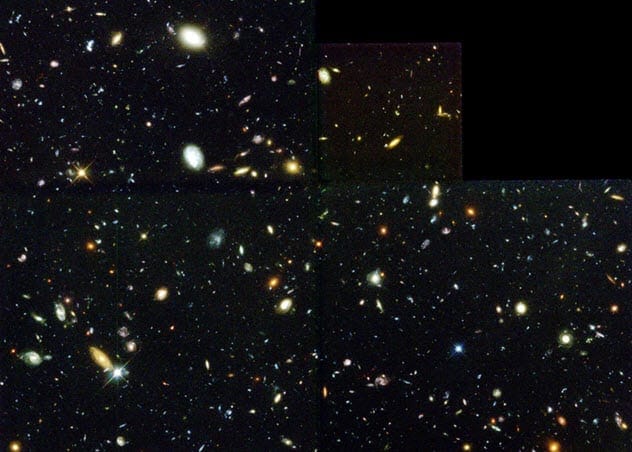
In 1995, the Hubble Space Telescope focused on an apparently empty patch of space for ten days. The resulting image revealed nearly 3,000 galaxies, previously too faint to detect.
Each point of light in the Hubble Deep Field represents a galaxy, some seen as they were 10 billion years ago—glimpses into their early formations. This photo, covering a tiny portion of the sky, hints at the vastness of our universe. [5]
The Bullet Cluster

Galaxies exhibit a stronger gravitational pull than their visible matter suggests, a mystery potentially explained by dark matter. The Bullet Cluster photo, taken in 2006, captures two galaxy clusters colliding.
The collision separated stars from gas and dust. Gravity focused around the stars, implying an invisible mass component dominates. This provides compelling evidence for the existence of dark matter. [6]
A Direct Photo of a Black Hole
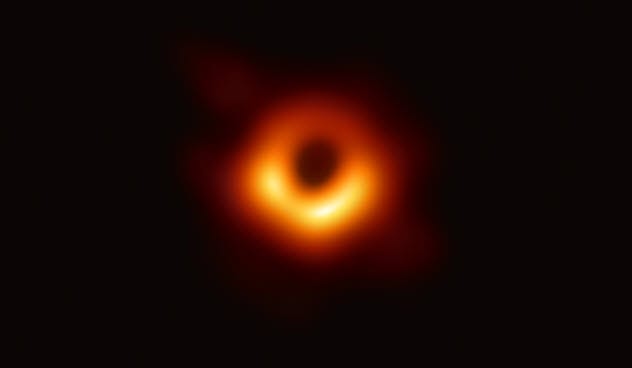
Capturing a black hole’s image seems impossible due to its light-absorbing nature. However, gas falling into a black hole emits light, which, according to Einstein, creates a silhouette that can be photographed.
The Event Horizon Telescope, synchronizing eight telescopes worldwide, mimicked an Earth-sized telescope. The resulting photo of a supermassive black hole at the center of galaxy M87, confirmed Einstein’s theory by depicting the event horizon exactly as predicted. [7]
The Cosmic Microwave Background

Roughly 380,000 years after the Big Bang, the universe cooled enough to allow photons to travel freely. These photons stretched into microwaves as the universe expanded, forming the Cosmic Microwave Background (CMB).
Discovered in 1965, the CMB was mapped in detail in 1989. This initial map captured the imprint of the Big Bang and formally verified the Big Bang theory, forever changing cosmology. [8]
The VAR! Plate
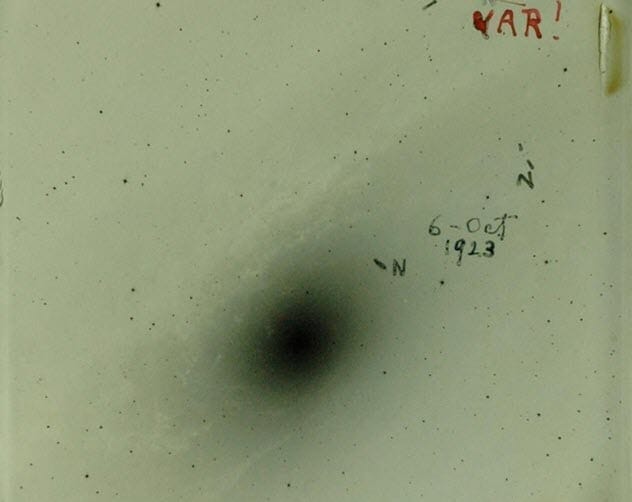
Before 1923, the nature of the Milky Way was uncertain. Edwin Hubble, in October 1923, photographed the Andromeda galaxy using the world’s largest telescope.
He identified a variable star, a type used for distance determination, and marked “VAR!” on the plate. His calculations revealed Andromeda was far beyond the Milky Way, expanding our view of the universe and leading to the estimation of 100 billion galaxies. [9]
The 1919 Solar Eclipse

Could gravity bend light? Einstein’s theory of general relativity posited that space bends around massive objects, influencing the path of light.
During the solar eclipse of May 1919, astronomer Arthur Eddington photographed stars near the Sun. The stars’ positions were shifted, demonstrating that the Sun’s gravity warped their light. This immortalized photo transformed Einstein into a celebrity and validated his groundbreaking theory. [10]
These astronomy photos aren’t mere snapshots; they’re pivotal moments in scientific history. Each image has deepened our understanding of the cosmos, challenging assumptions, and revealing the universe’s breathtaking complexity.
What do you think is the most impressive astronomy photo ever taken? Share your thoughts in the comments below!


